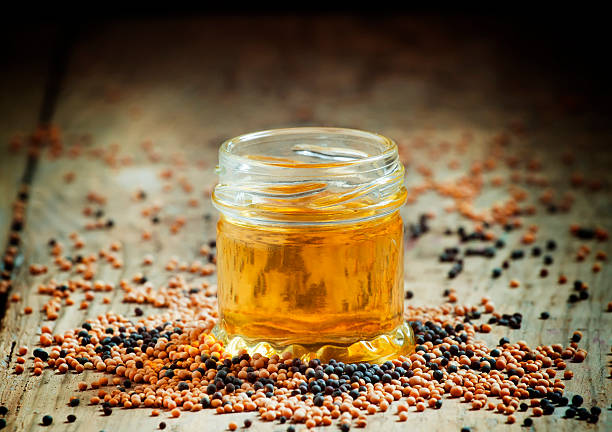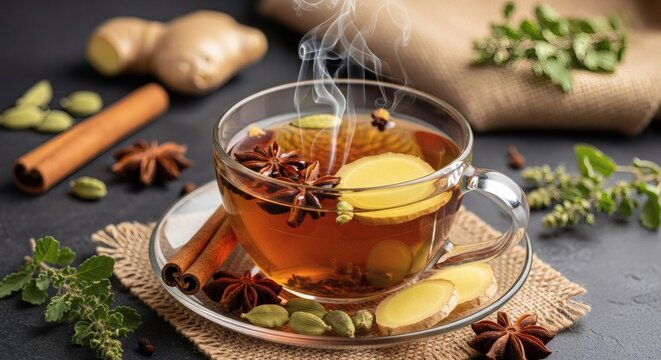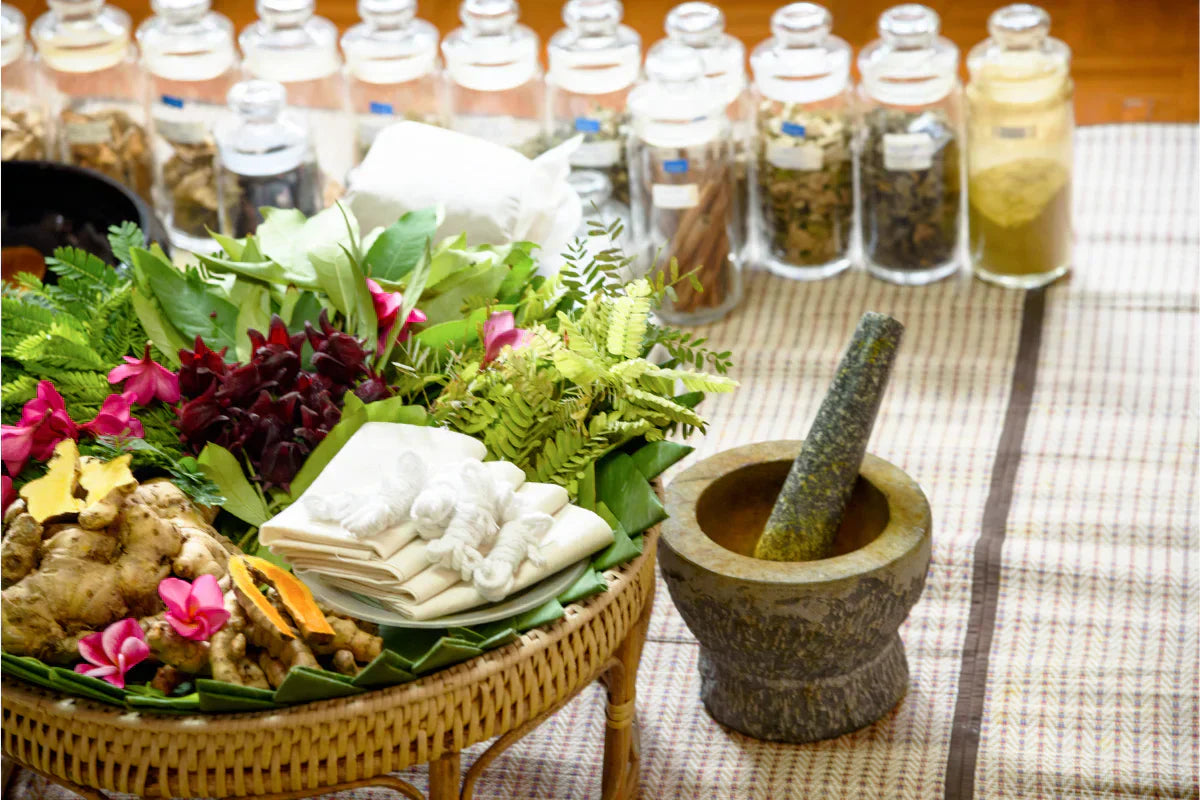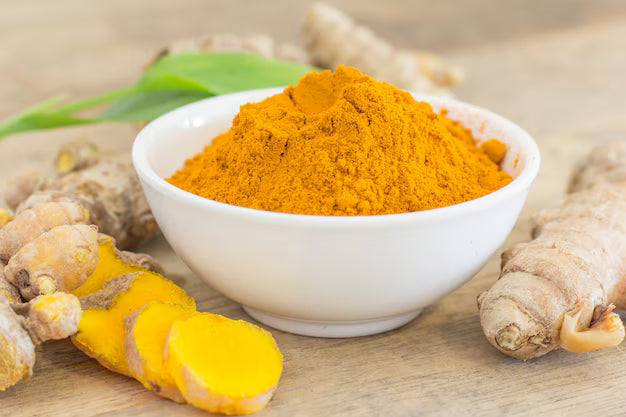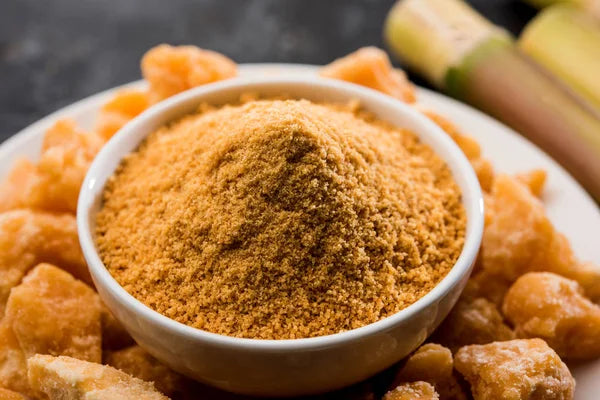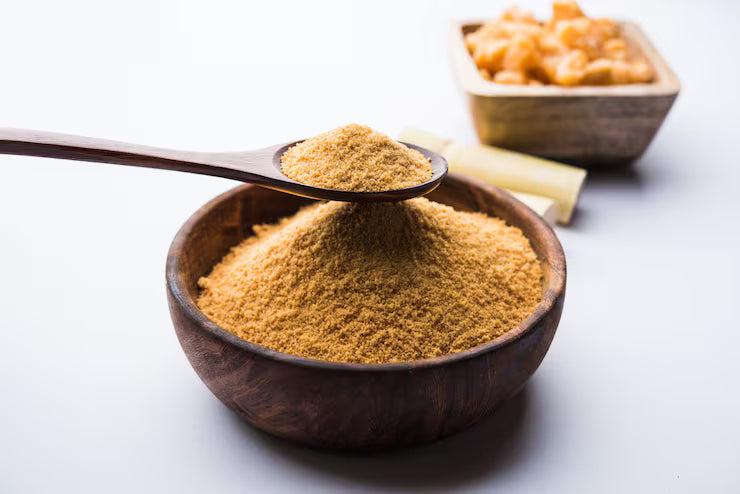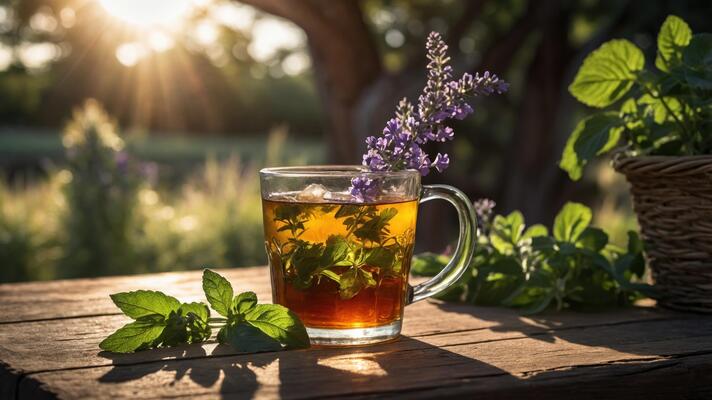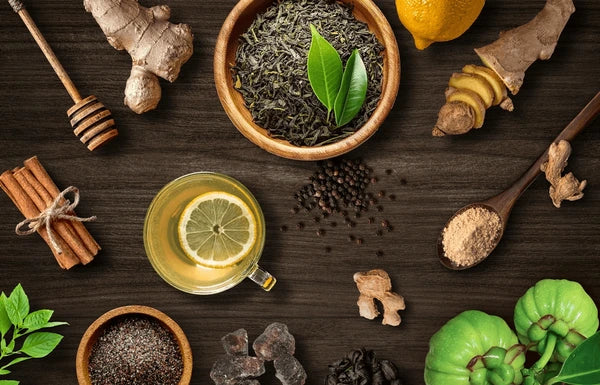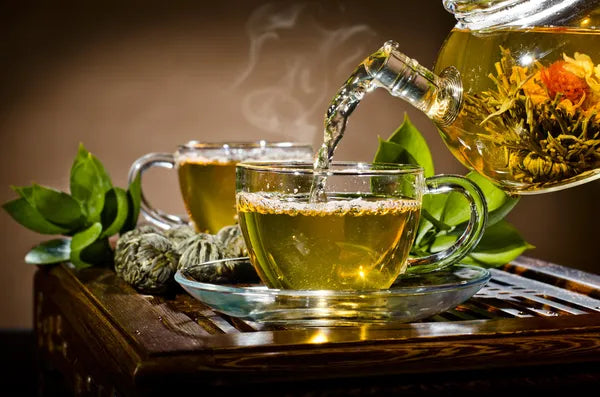How to Brush Your Teeth Properly

Picture this: a ritual that cleanses your mouth and harmonises your body, mind, and spirit. In Ayurveda, brushing your teeth transcends mere hygiene—a cornerstone of holistic health. Yet, despite its simplicity, many of us unknowingly sabotage our oral health through rushed routines or harsh products. So, how to brush your teeth in a way that honours ancient wisdom while meeting modern standards?
In this guide, we will unveil how to brush your teeth properly. And blending time-tested techniques with herbal solutions like Ayurdent classic toothpaste for a radiant smile and robust well-being.
Why Proper Brushing Teeth Matters?
Your mouth is a mirror of your overall health. Neglect here, and the repercussions ripple through your body. Ayurveda teaches that oral hygiene directly impacts agni (digestive fire) and ojas (vitality). Let’s delve deeper:
1. Plaque and Bacteria:
Plaque isn’t just a cosmetic issue. This sticky biofilm harbours harmful bacteria that erode enamel, cause cavities, and trigger gum disease. Left unchecked, toxins (ama) enter the bloodstream, burdening the liver and gut.
2. Gum Health:
Bleeding gums aren’t normal—they signal inflammation. Ayurveda links gum weakness to aggravated Pitta (heat) and Kapha (mucus). Gentle brushing and herbal pastes soothe irritation and restore balance.
3. Fresh Breath:
Chronic bad breath (halitosis) often stems from poor digestion or bacterial overgrowth. Herbal ingredients like clove and neem neutralise odours naturally, unlike synthetic masks.
4. Ayurveda’s Holistic Lens
Oral health isn’t isolated. According to Charaka Samhita, strong teeth reflect strong bones (asthi dhatu), while tongue coating hints at undigested toxins. A clean mouth supports clear speech, taste, and confidence.
Common Brushing Mistakes: Are You Guilty?
Before mastering how to brush your teeth properly, let’s confront everyday errors:
1. The Overzealous Scrub
Vigorous brushing wears down enamel, exposing sensitive dentin. Think of it as polishing a pearl—gentle circles preserve its lustre.
2. Wrong Tools, Bigger Problems
Hard bristles traumatise gums; synthetic brushes may disrupt oral flora. Ayurveda recommends neem twigs—their fibrous ends massage gums while releasing antiseptic juices.
3. The Two-Minute Myth
While two minutes is standard, Ayurveda emphasises mindfulness. Rushing? You’ll miss plaque hotspots like molars and gumlines.
4. Chemical Overload
Commercial pastes with SLS and triclosan strip natural oils, causing dryness. Herbal alternatives like Ayurdent Toothpaste cleanse without compromise.
5. Ignoring the Tongue
A coated tongue breeds bacteria. Daily scraping (Jihwa Prakshalana) with copper tools removes toxins and enhances taste perception.
Brushing Teeth the Ayurvedic Way:
Ayurveda’s Dinacharya (daily routine) weaves oral care into self-care. Here’s why these practices endure:
Dantadhavana:
Neem and babool twigs are more than eco-friendly tools. Studies confirm neem’s azadirachtin fights Streptococcus mutans, the cavity-causing bacteria. Bitter taste pacifies Kapha, reducing mucus.
Gandusha:
Swishing sesame oil for 10 minutes pulls toxins like a magnet. Research shows it reduces plaque-induced gingivitis by 50% and whitens teeth naturally.
Herbal Powders:
Triphala (amla, haritaki, bibhitaki) tightens gums, while clove (Syzygium aromaticum) numbs pain and combats decay.
Right Method of Brushing Your Teeth?
1. Choose Tools Aligned with Nature
Toothbrush: Soft bristles or a neem twig. Soak twigs overnight to soften ends.
Herbal Paste for Teeth: Mix neem powder, rock salt, and clove oil, or use Ayurdent toothpaste for convenience.
2. Perfect Your Brush
-
Angle & Motion: Tilt the brush to the gums at a 45° angle. Use short, circular strokes—imagine painting each tooth.
- Divide & Conquer: Mentally split your mouth into quadrants. Spend 30 seconds on each, covering outer, inner, and chewing surfaces.
- Gum Care: Stimulate gums with gentle upward sweeps on lowers and downward on uppers.
3. Technique of Brushing for Specific Needs
- Sensitive Teeth: Use a khadir-infused paste. Avoid acidic rinses.
- Braces or Gaps: Opt for interdental brushes dipped in triphala decoction.
4. Rinse with Wisdom
Post-brushing, swish with:
- Triphala Decoction: Boil 1 tsp triphala powder in water, strain, and cool.
- Alum Water: A pinch in warm water reduces gum bleeding.
5. Amplify with Ayurvedic Rituals
- Morning Oil Pulling: Try coconut oil for its lauric acid. Spit into trash, not sink, to avoid clogs.
- Nightly Tongue Scraping: Use a U-shaped copper scraper. Start at the back, gently pulling forward 5–7 times.
Why Ayurvedic Toothpaste Triumphs Over Chemicals?
A herbal paste for teeth also balances oral pH (5.5–7), preventing enamel erosion.
|
Ingredient
|
Benefits
|
Modern Validation
|
|
Neem
|
Antibacterial, reduces plaque
|
NIH studies confirm anti-cavity effects
|
|
Clove
|
Soothes toothache, prevents infection
|
Eugenole numbs pain, kills pathogens
|
|
Triphala
|
Antioxidant-rich, tightens gums
|
Reduces gingival inflammation in trials
|
|
Pudina (Mint)
|
Freshens breath, cools Pitta
|
Menthol inhibits bacterial growth
|
FAQs: Your Brushing Queries, Answered
Q1: Can children use Ayurvedic toothpaste?
Absolutely! Herbal pastes are safe if they avoid swallowing. Teach kids the circular brush method early.
Q2: How does Ayurveda address sensitive teeth?
Swap harsh pastes for Ayurdent toothpaste with khadir and licorice. Avoid cold water rinses—opt for lukewarm.
Q3: Can I replace brushing with oil pulling?
No. Oil pulling complements brushing but doesn’t remove plaque mechanically.
Q4: How often should I change my neem twig?
Every 3–4 days. Frayed twigs lose efficacy.
Q5: Is herbal paste enough for whitening?
Yes! Turmeric and orange peel powders in pastes gently lift stains without abrasion.
Conclusion: How to Brush Your Teeth for a Lifetime of Smiles?
Brushing your teeth isn’t a chore—it’s an act of self-love. By embracing Ayurvedic principles like mindful techniques, herbal pastes (Ayurdent), and rituals like oil pulling, you nurture not just your mouth, but your entire being. As you stand at the sink tomorrow, remember: each stroke is a step toward swasthya (holistic health).
So, pick up that neem twig or herbal paste, and ask yourself: Am I brushing in a way that my ancestors would approve of? With this guide, the answer is clear.









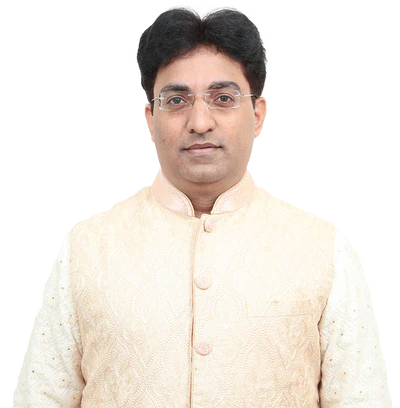

 Popular Read
Popular Read


































